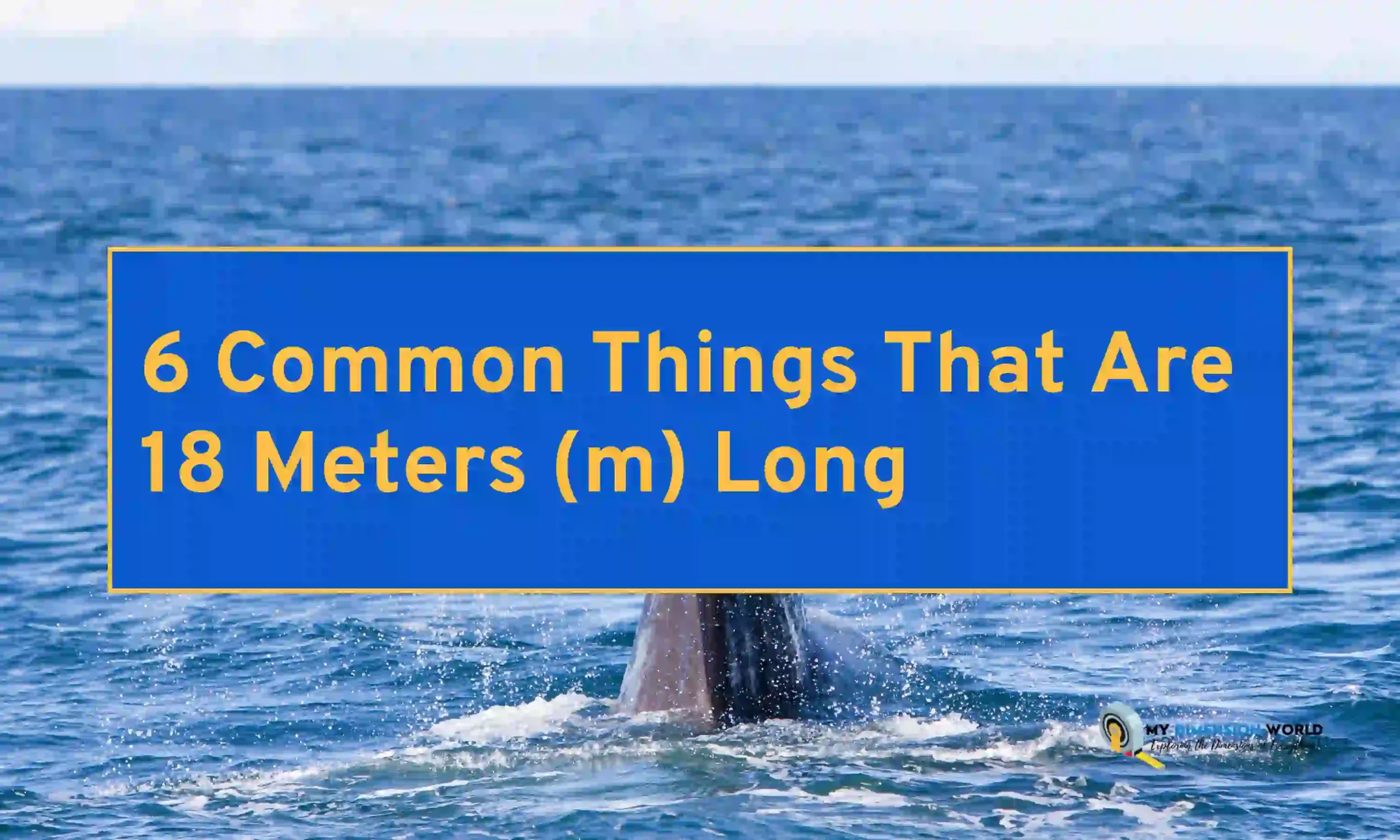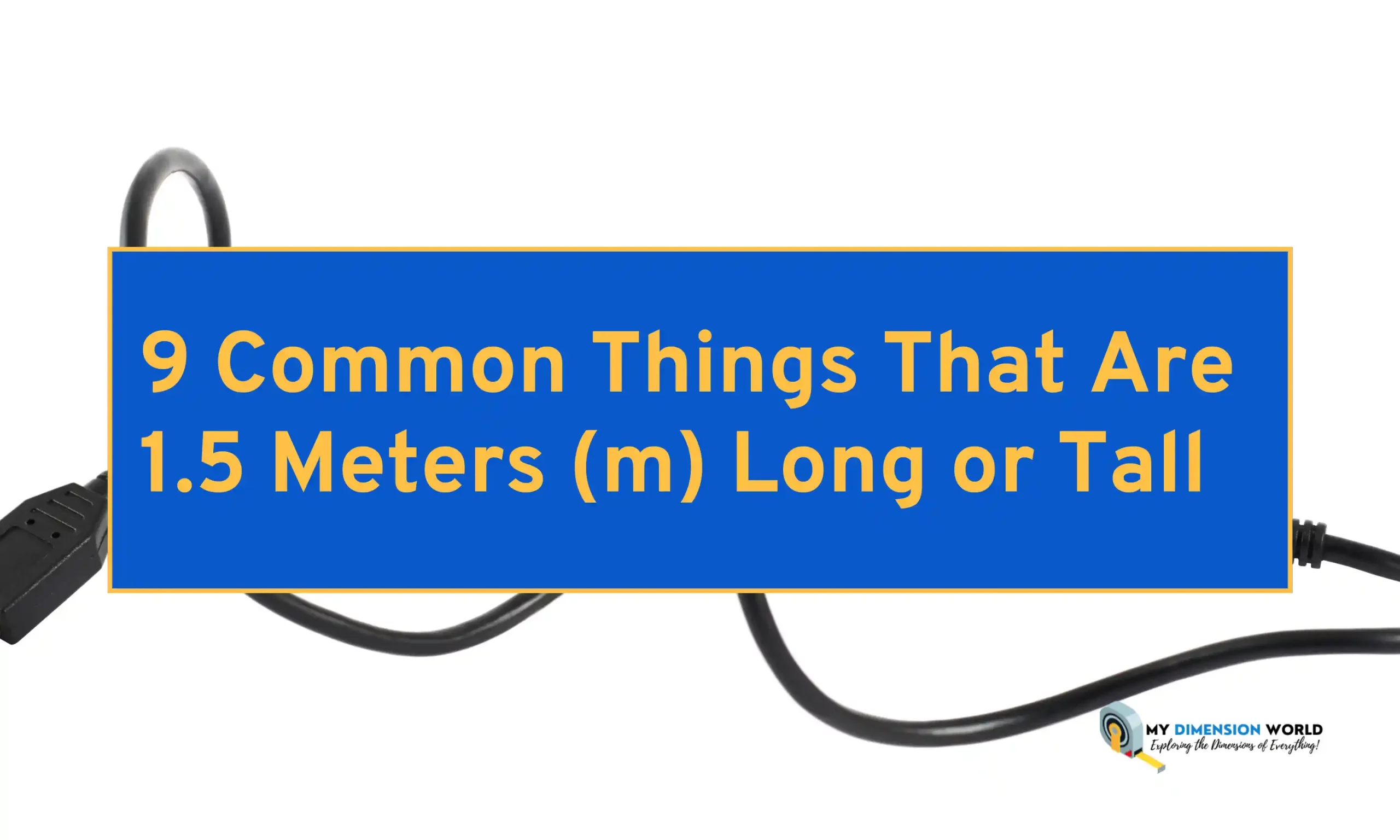Have you ever wondered what things are exactly 18 meters (m) long? In this article, we will explore six common items that share this length. From Egyptian buildings, such as the Great Pyramid of Giza and the Temple of Karnak, to living creatures like the Sperm Whale, we will dive into their fascinating features and characteristics.
1. Egyptian Building
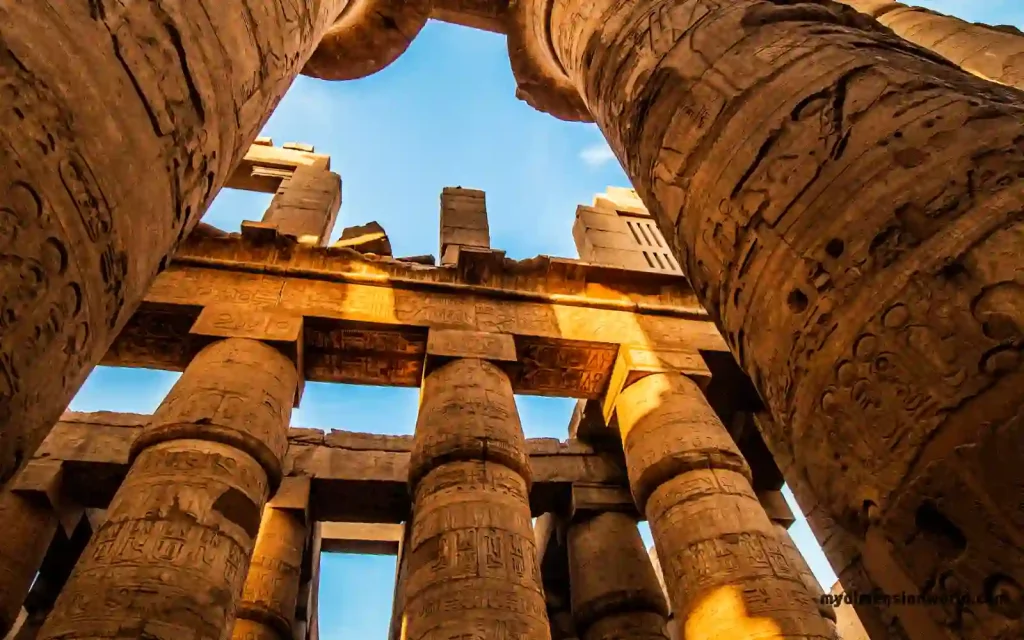

Egyptian buildings are some of the most famous structures in the world. One of the most well-known buildings in Egypt is the Great Pyramid of Giza. This pyramid was built over 4,500 years ago and still stands today. The Great Pyramid of Giza is approximately 147 meters tall, more than eight times the length of the common item discussed in this article.
The ancient Egyptians were skilled architects and builders. They used various materials to construct their buildings, including limestone, granite, and sandstone. They also used a system of ramps to move the large blocks of stone into place. It is estimated that it took over 20 years to build the Great Pyramid of Giza.
In addition to the Great Pyramid of Giza, there are many other impressive Egyptian buildings. The Temple of Karnak is another famous structure that was built over 3,500 years ago. This temple covers an area of over 100 hectares and contains numerous halls, courtyards, and sanctuaries.
Another notable Egyptian building is the Temple of Abu Simbel. This temple was built by Ramses II and is located in southern Egypt. The temple is adorned with intricate carvings and statues, and it is considered one of the most beautiful temples in Egypt.
Overall, Egyptian buildings are some of the most impressive structures in the world. The ancient Egyptians were skilled architects and builders, and their buildings continue to amaze people today.
2. Sperm Whale


The Sperm Whale (Physeter macrocephalus), also known as the cachalot, is the largest toothed whale in the world. It can grow up to 18 meters in length and weigh as much as 57,000 kg.
Sperm whales are found in all of the world’s oceans, but they are most commonly found in deep offshore waters. They are known for their distinctive block-shaped heads, which can make up as much as one-third of their body length.
Sperm whales are also known for their ability to dive to incredible depths. They can dive up to 2,250 meters and stay underwater for up to 90 minutes. They are able to do this thanks to their large oxygen stores and the ability to slow down their heart rate and conserve oxygen.
These whales are also known for their unique feeding habits. They primarily feed on squid, but they have been known to eat fish and even other marine mammals. They use echolocation to locate their prey, and then dive deep to catch it.
Sperm whales have been hunted for centuries for their valuable oil and ambergris, a substance found in their intestines. Today, they are protected by international law, but they still face threats from climate change, pollution, and entanglement in fishing gear.
3. Utility Pole
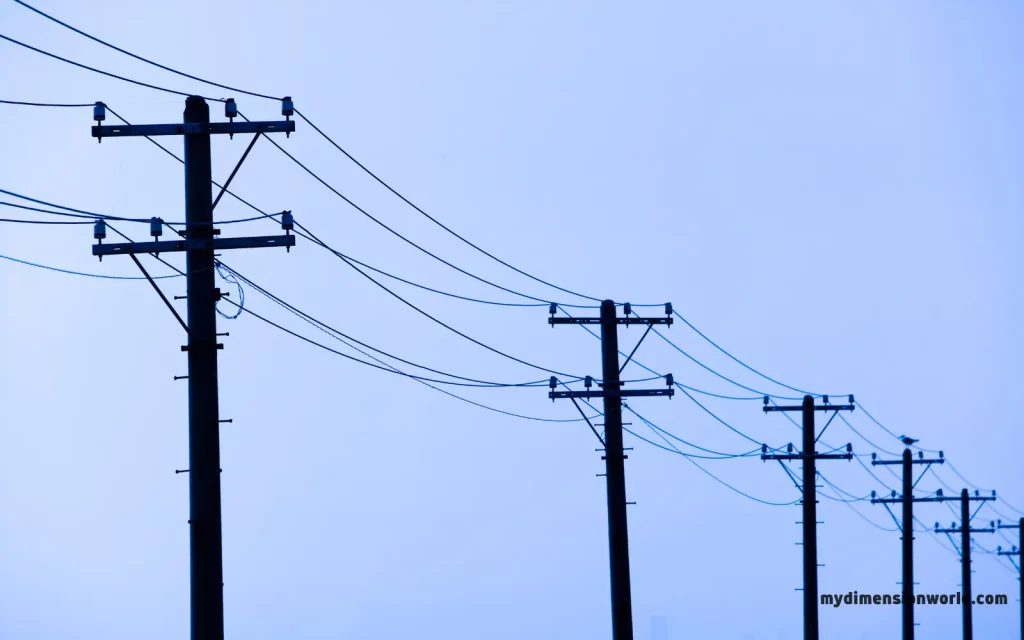

A utility pole is a common sight in most neighborhoods. These tall structures are used to support overhead power lines, telephone lines, and other types of cables. Utility poles are typically made of wood, steel, or concrete, and they can vary in height from 20 to 100 feet.
Utility poles are an essential part of the infrastructure that powers our homes and businesses. They are used to transmit electricity from power plants to substations, which then distribute the power to homes and businesses. They also support telephone lines and other types of communication cables, allowing us to stay connected with each other and the world.
Utility poles are typically installed by utility companies, who are responsible for maintaining them. They are inspected regularly to ensure that they are in good condition and can safely support the weight of the cables they carry. If a utility pole is damaged or needs to be replaced, the utility company will send out a crew to make the necessary repairs.
4. Flatbed Trailers
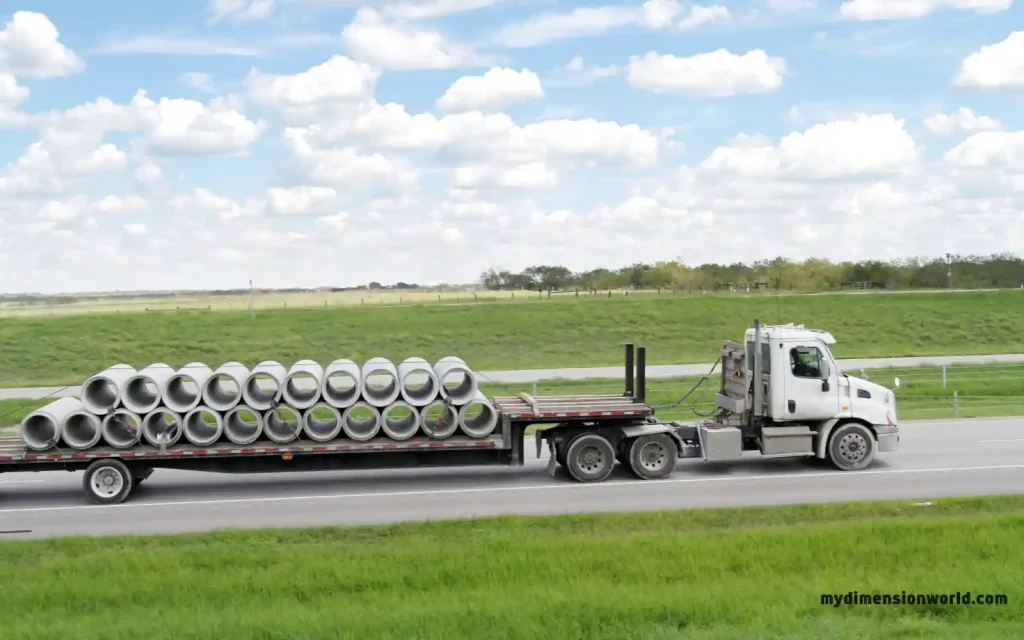

Flatbed trailers are commonly used to transport large and heavy items that cannot fit in a regular truck. These trailers are typically 18 meters long and have a flat surface that allows for easy loading and unloading of cargo.
Flatbed trailers come in different sizes and weight capacities, but the most common type is the standard flatbed trailer. This trailer has a maximum weight capacity of 48,000 pounds and can carry items up to 8 feet 6 inches wide.
One of the advantages of using a flatbed trailer is that it allows for easy loading and unloading of cargo. The flat surface of the trailer makes it easy to load items using a forklift or crane. Additionally, the lack of walls or roof on the trailer allows for items that are taller than the trailer to be transported.
However, there are some disadvantages to using a flatbed trailer. One of the main disadvantages is that the cargo is exposed to the elements during transport. This means that the cargo may be damaged by rain, wind, or other weather conditions. Additionally, the lack of walls or roof on the trailer means that the cargo is not secured and may shift during transport, which can cause damage to the cargo or the trailer.
To mitigate these risks, it is important to properly secure the cargo using straps or chains.
5. Rood Building
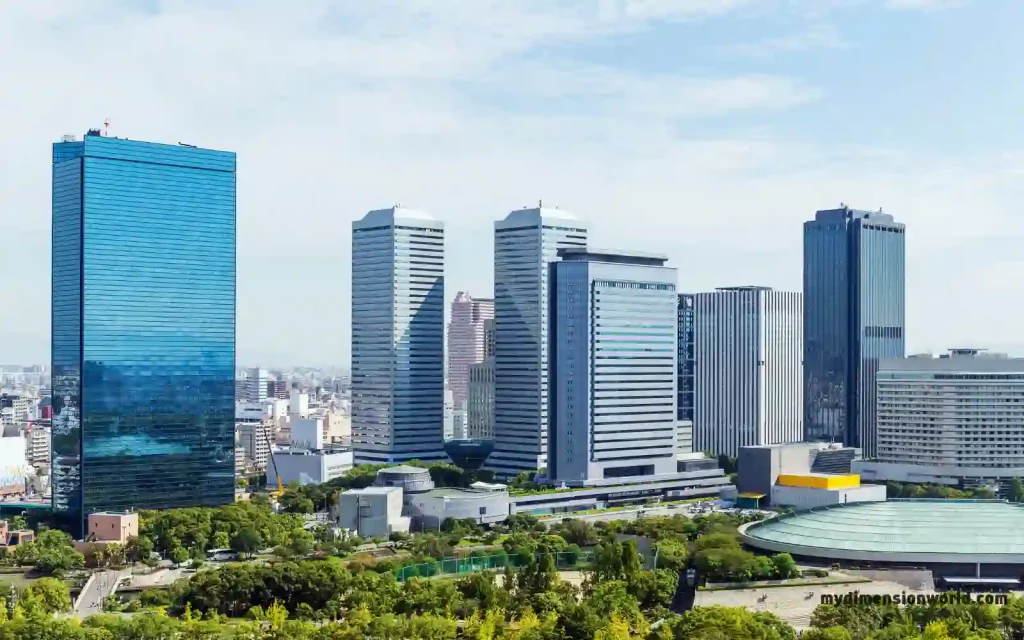

The Rood Building is a popular landmark located in the heart of downtown. It measures 18 meters in length and is known for its unique architecture and historical significance. The building was constructed in the early 1900s and has since undergone several renovations to maintain its charm.
The Rood Building is a three-story structure with a brick exterior and large windows that allow natural light to flood the interior. The first floor is home to several businesses, including a coffee shop, a boutique clothing store, and a small art gallery. The second and third floors are used for office space and are leased out to various companies.
One of the most notable features of the Rood Building is its rooftop garden, which offers stunning views of the city skyline. The garden is accessible via a staircase located on the second floor and is open to the public during regular business hours.
6. Lighthouse Zero


Lighthouse Zero is an impressive structure that stands 18 meters tall. It is located on the coast of a small island and serves as a navigational aid for ships in the surrounding waters.
The lighthouse was built in 1910 and has since undergone several renovations to keep it functioning properly. It is made of concrete and has a cylindrical shape with a pointed top. The exterior of the lighthouse is painted white with black stripes, which makes it easily distinguishable from a distance.
Inside the lighthouse, there is a spiral staircase that leads to the top. The stairs are made of metal and can be quite steep, so visitors must be careful when climbing them. At the top of the lighthouse, there is a platform that provides a stunning view of the surrounding area.
Lighthouse Zero is equipped with a powerful light that can be seen from up to 20 nautical miles away. The light is operated by an automated system that turns it on at dusk and off at dawn.

